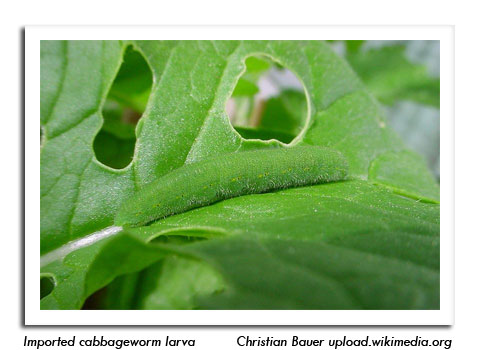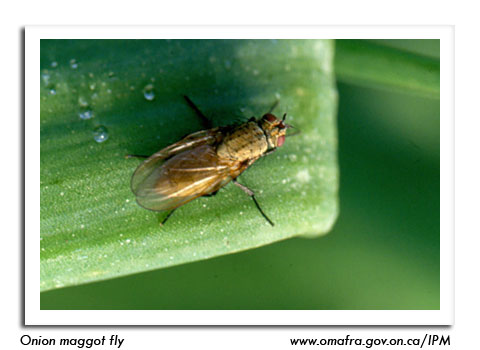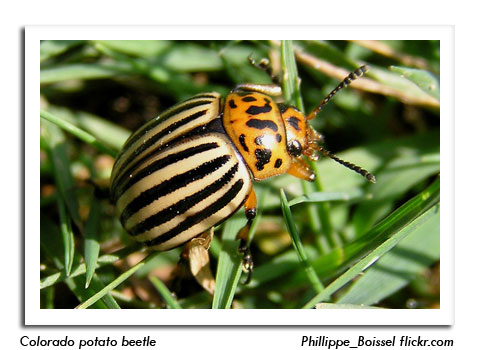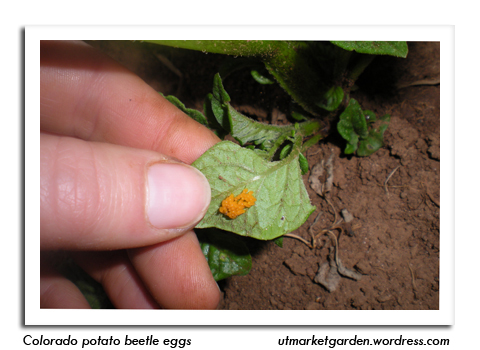
 |
|
|
Vegetables
Volume 58 Number 4 Date 05/23/2013 IMPORTED CABBAGEWORM - Larvae are appearing in areas of the state where 300 degree days (simple base 50°F) have been surpassed. This includes most of the southern half of Wisconsin, as far north as La Crosse. Cabbageworms chew large, irregular holes in leaves, bore into heads, and drop brown fecal pellets that contaminate the marketed product. Cole crops can tolerate considerable defoliation at the thinning or transplanting stages, but frequent sampling is recommended to assess populations and to avoid insecticide treatments that disrupt biological control. During the head formation stages, even low numbers of larvae can cause economic damage. The biological insecticide, Bacillus thuringiensis (Bt) is very effective against early-instar caterpillars and is an organically acceptable form of control. Economic thresholds for cabbage are 30% infestation at the transplant to cupping stages and 20% infestation at cupping to early head stages. ONION MAGGOT - As degree day accumulations approach 680 (simple base 40°F) in southern Wisconsin, peak emergence and oviposition by first generation flies should be anticipated. Damage by this pest can be averted by planting onion sets one week before fly emergence is predicted. The accumulation using a simple base temperature of 40°F was 675 near Sullivan in Jefferson County, 535 at Hancock, 484 near Eau Claire and 397 in Crandon as of May 22. COLORADO POTATO BEETLE - Emergence of overwintered beetles is under way in central Wisconsin. The early colonizing population is rarely damaging to young potatoes protected with a systemic neonicotinoid, but beetle abundance should be monitored to ensure effectiveness of insecticide products. Egg deposition is expected to begin by early June and continue for 2-4 weeks. The orange-yellow eggs are deposited in clusters of 15-30 on the undersides of leaves. -- Krista Hamilton, DATCP Entomologist 




|
|
|